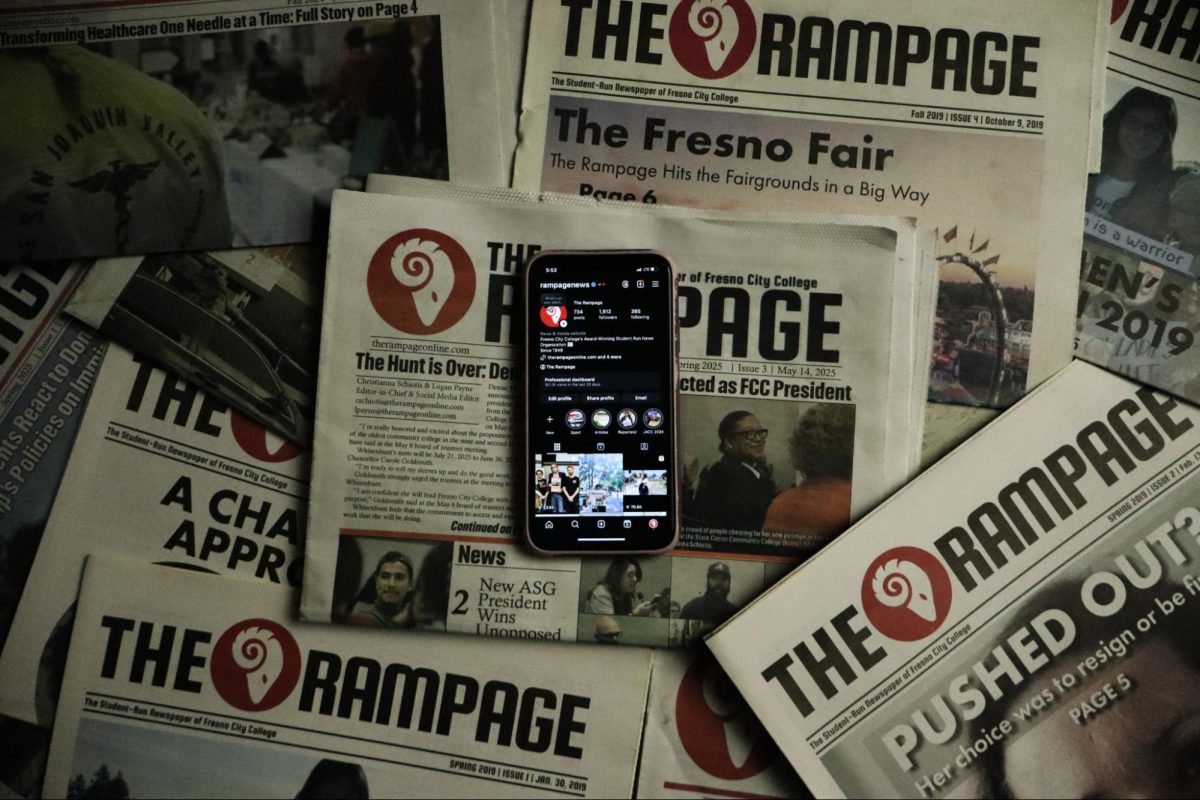PRO
by Tomas Kassahun
A gorgeous blonde poses for a beer advertisement and the profits flow like the Niagara. Shrek poses for a happy meal and the wallet of millions of American parents cries for mercy. This is the power of advertisement. And this is the power that has been abused.
But with the new policy requiring cigarette companies to put graphic images on cigarette packages, we finally have a way to use the power of advertisement for the right reasons.
With the new policy, cigarette packages will feature images such as damaged lungs, rotten teeth and people exhaling smoke through a tracheotomy opening in the neck. Images of corpses and blackened lungs, and slogans that read “Smoking can kill you” have also been proposed. The images are also intended to warn users of diseases or complications during pregnancy.
The new policy is most important to children who are often subjected to the wrong idea about cigarettes. These children are led to believe that they must smoke to belong, to have fun, to be beautiful.
The tide may finally turn thanks to the new policy. Now children can see the dangers of smoking before they become another victim.
Children may or may not understand the images they are exposed to at first. Still these images will be carved into their minds. And at some point they will retrieve these images to do a great service for themselves.
Yes, parents can always lecture their children about the dangers of smoking, but that alone is not enough. While words are powerful, children are more likely to remember images. And for children who may be frequently exposed to cigarettes, the images will serve as a constant reminder of the consequences of smoking.
DARE programs around the country and public service announcements may have gone a long ways in helping children stay away from drugs. Nevertheless, the issues of drugs is rampant. Now is the time to take the next level. And the new policy is the way to do just that.
According to the Centers for Disease Control and Prevention, about 443,000 people in the U.S. die from smoking or exposure to secondhand smoke annually and more than 8 million are living with a disease that’s directly tied to smoking.
In other countries, the policy has proven to be effective. In Canada for example, the policy was implemented ten years ago. Since then, the number of smokers has been reduced by 20 percent.
Even for the smoker who has tried every method of quitting, the new policy can provide an added boost to quit. The chances are that many smokers ignore the warning labeled on cigarette packages, but images are impossible to ignore and are more likely to send a stronger message. If not instantly, these images will slowly, but surely have a positive effect on the smoker.
Think of the new policy as a mother with a radar on her children. If she could watch everything her children do, it would hard for them to get away with anything. In a similar way, the graphic images will be present every time a smoker has a craving.
Better yet, the new policy is like having graphic images on your fast food. I don’t mean graphic as in Ronald McDonald’s face, but graphic as in images from the hit documentary “Super Size Me.” Could you honestly expose yourself to such images and at the same time swallow your meal peacefully?
CON
by Jesse Franz
Hi, my name is Jesse, and I’m a smoker. These words usually elicit the same AA response that alcoholics and heroin addicts alike have heard 1,000 times before; “Hello Jesse, how can we get this disease out of you?” I am the taboo, part of the only people in the world that no ‘respectable citizen’ has ever had a problem raising taxes on, and now, if the FDA has its way, I will be branded as a baby killer.
By September of 2012 the FDA expects all cigarette cartons made in the US to be half covered in images of sewn corpses, diseased cancerous mouths, and illustrations of babies with implied birth defects. These disturbing images are meant to dissuade people from smoking, but in reality brand those who already smoke as a disease unto themselves.
This has been the tune of the FDA for the past 40 years. They have censored anything that could be construed as a pro-smoking ad from every medium of mass communication and in its place instituted their propaganda with things like The Truth Campaign, and the robotic voice cowboy singing the woes of tobacco to school children in Times Square. These things at their basis, informing people of the harms of the habit, are good things. However, taken to the extremes as we find them today, they have led to the politically correct persecution of those who exercise their personal right to smoke.
Now some may argue that smokers are not persecuted, but only shown the facts of what their habits can do. That as it may be, how many bottles of alcohol come with pictures of drunk drivers bending over a family of 5 strewn across the freeway? How many t-shirts have you bought from the mall that are half covered with an image of a six year old Taiwanese boy working a 13 hour shift to feed his family instead of going to school? Exactly how many Wal-Mart products have you bought that are branded with the image of a small business owner filing for bankruptcy as his house is foreclosed on? By the standard that the FDA is making, it stands to reason that all of these are fitting.
Better yet, shall we compare America’s stance towards the “silent killer” of smoking, to America’s favorite pastime, eating? Obesity and its related health implications are the number one preventable cause of death in America, outranking even tobacco. However, McDonalds still gets to advertise on Nickelodeon, unhealthy food still remains largely untaxed, and no one in their right mind is proposing that we put a picture of a morbidly obese man on half of a Big Mac wrapper.
Now I’m not proposing that like unhealthy food, tobacco companies should be allowed to cater their advertisements to children who are unknowledgeable to the health implications that smoking can possess. However, smoking is one of those things so branded into our society’s mind as bad that any child that has enough knowledge to know how to light a cigarette, probably already knows the harms of that cigarette. Him knowing that cigarettes are “bad”, does not come from an image on a cigarette carton, but from good parenting, and a decent education. If the FDA is waiting for the moment that a fifth grader is holding a pack in his hands to tell him the health risks, they are a sorry lot indeed.
My name is Jesse, and I’m a smoker. I choose to be. I understand the potential effects that smoking can have on my health and I accept them. Although I understand that this may be seen as an ignorant choice by some, I know that I am within my rights as an American to make them and not be branded as a baby killer or a walking corpse by my federal government.






